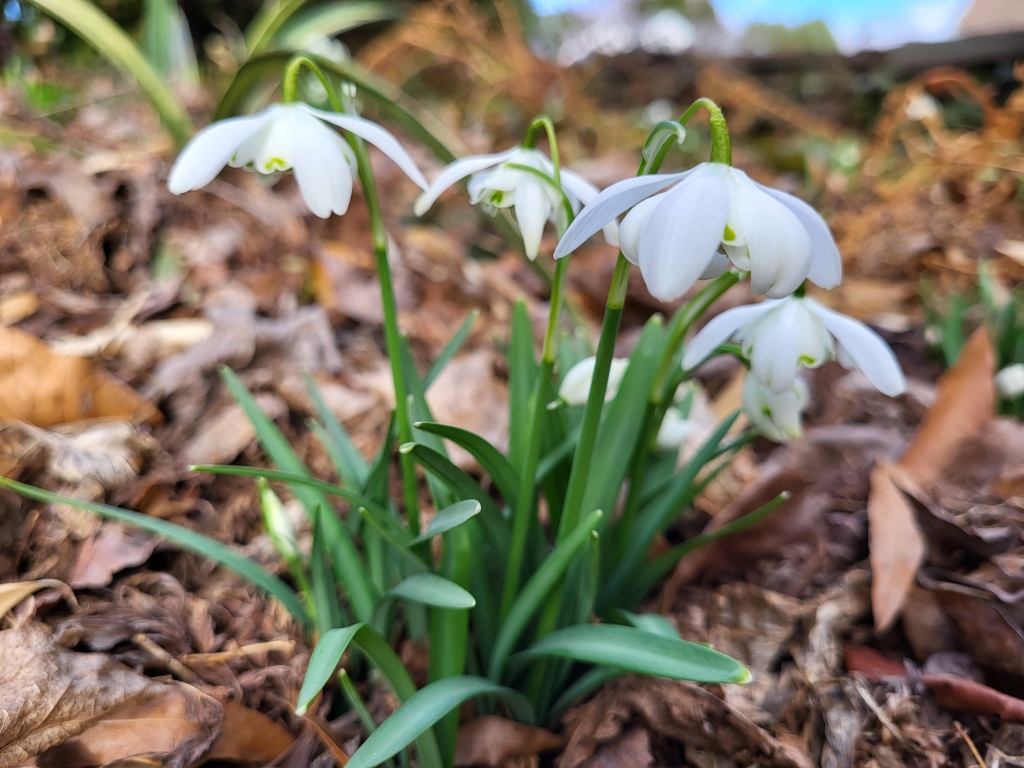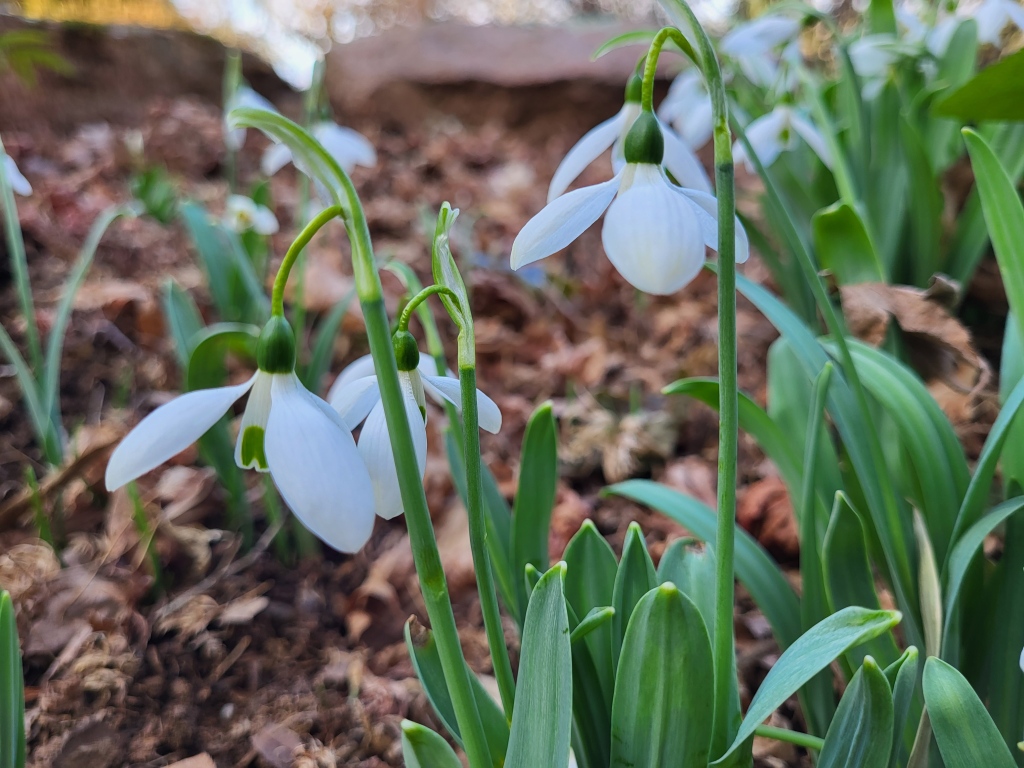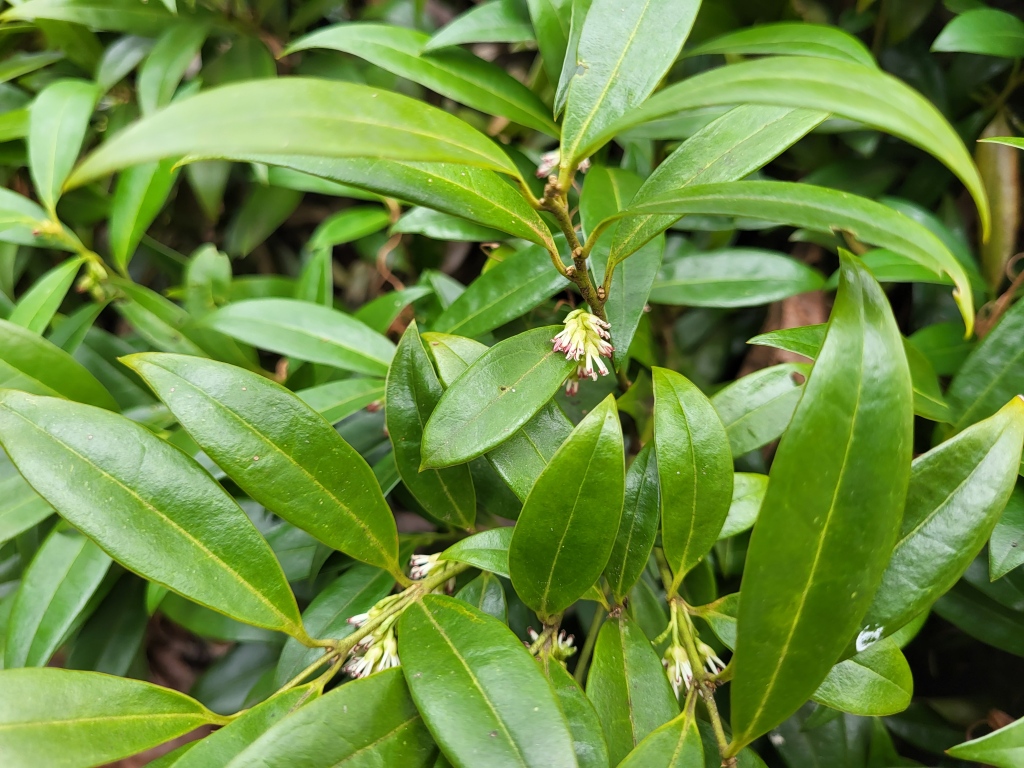Out in the garden this afternoon, in short sleeves. I’ve not yet transitioned to shorts, but that’s coming. Certainly, there must be colder days on the way, but spring is near in the garden and thankfully early. For the gardener, a snowdrop or crocus (below) flowering a few weeks ahead of schedule is a bonus, and of course, there is little concern that these early bloomers will be damaged by an inevitable freeze.


After digging and splitting varied snowdrops for several years, there is now a delightful, though not large, display from late January until March. A small double flower is the most vigorous multiplier (above), and while I have no plans to greatly expand this very small collection, I would happily add several early bloomers to add color beginning in December.

Certain plants are watched for first color as winter wanes. Every day, the paperbushes (Edgeworthia chrysantha, below) are watched for the peek of yellow along the edges that precede its flowering by a week or ten days. Despite mild temperatures, they appear to be following a typical schedule. In recent years, there has been color as early as late January, but this year, it will be a month later. It’s not necessary for me to understand why.

I was surprised to see the large clump of sweetbox (Sarcococca hookeriana var. humilis, below) beginning to flower yesterday. The flowers are tiny and nestled into the foliage, so they’re not prominent. I think many gardeners smell them before seeing the blooms, but my sense of smell is lacking and while I can occasionally smell a daphne or witch hazel on a calm, sunny afternoon, sweetbox and my nose don’t ever connect.

Years ago, I lamented the slow spread of sweetbox in this peninsula in the bend of the creek, but then it spread to overwhelm a large daphne. More recently, it diminished a large clump of Japanese Forest grass, and its spread must continually be snipped from between stones in the path. This is the definition of slow and steady, I think.

The late winter flowering Cyclamen coum ((above) has been disappointingly slow to spread. Certainly, I started by planting too few, and perhaps the answer is to plant more to accelerate the process. While the flowers are nice enough, the foliage is superb. I wish there was more of it.
Something ate my crocus right to the ground…Rabbit?
Late freezes and wildlife are equally brutal…wait all year for a spring bloom and the just like that…gone
Discouraging
Squirrels dig up the crocus bulbs, but rabbits cut off stems, often leaving the evidence behind.